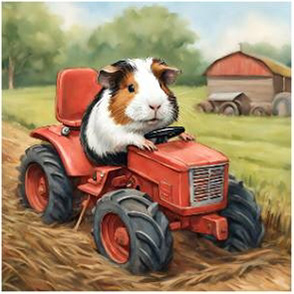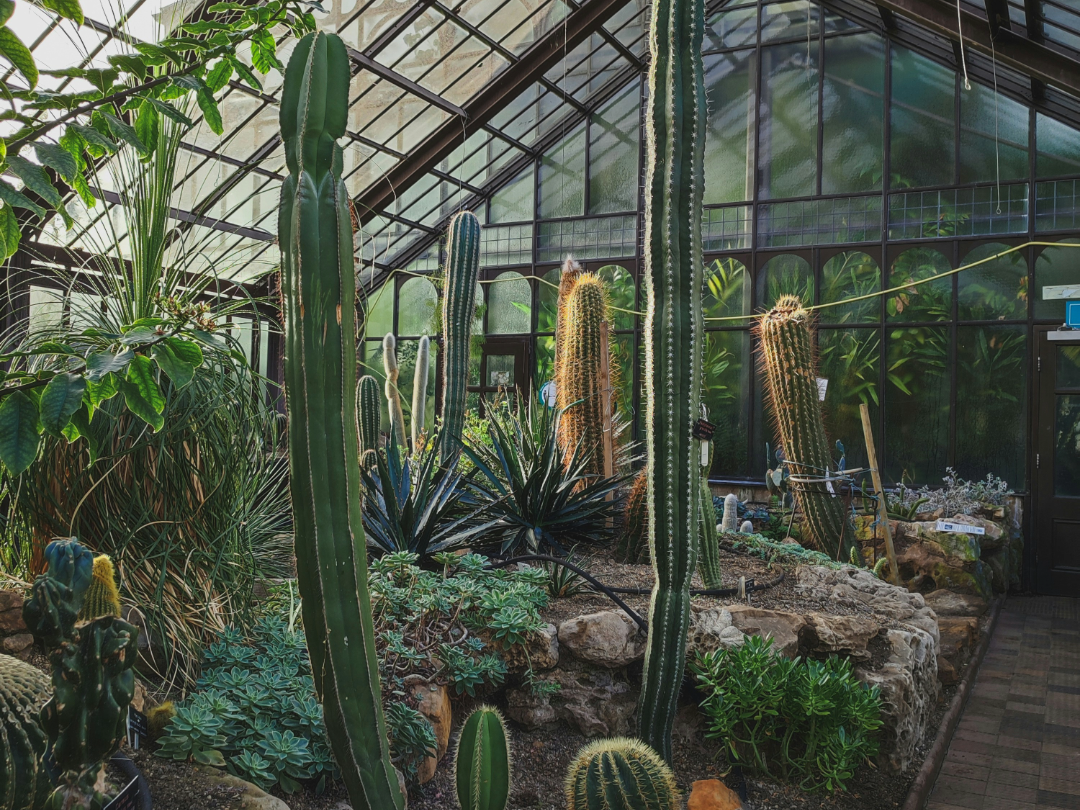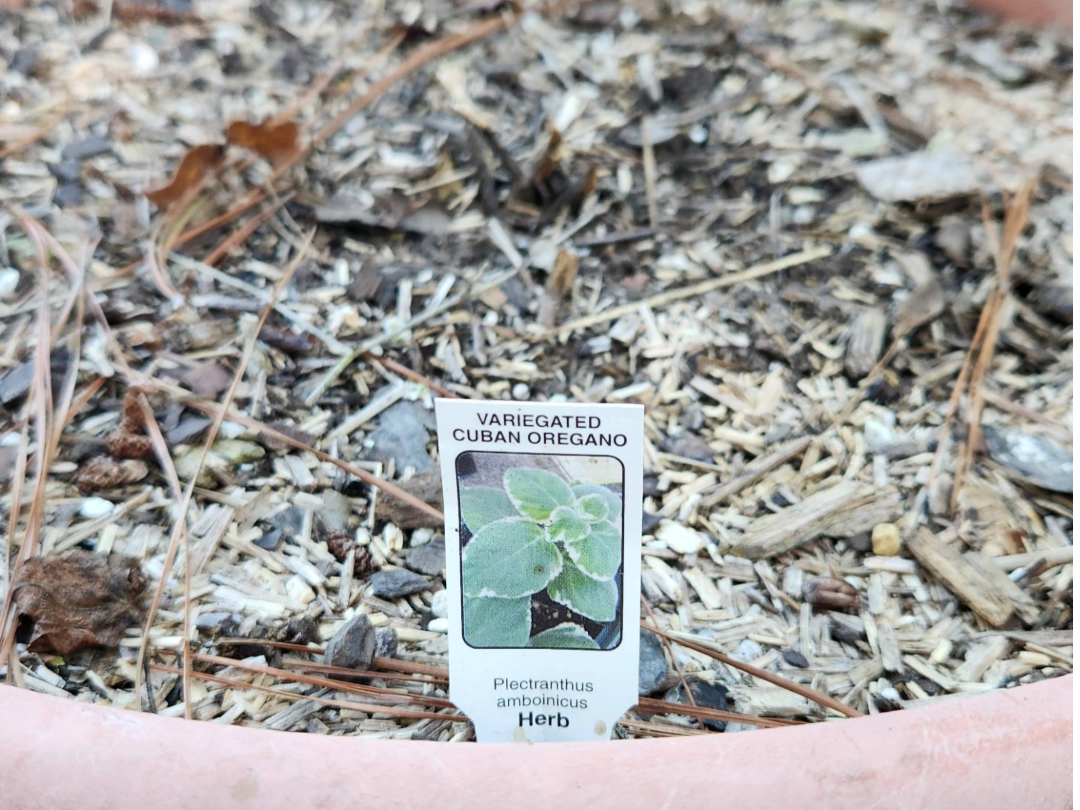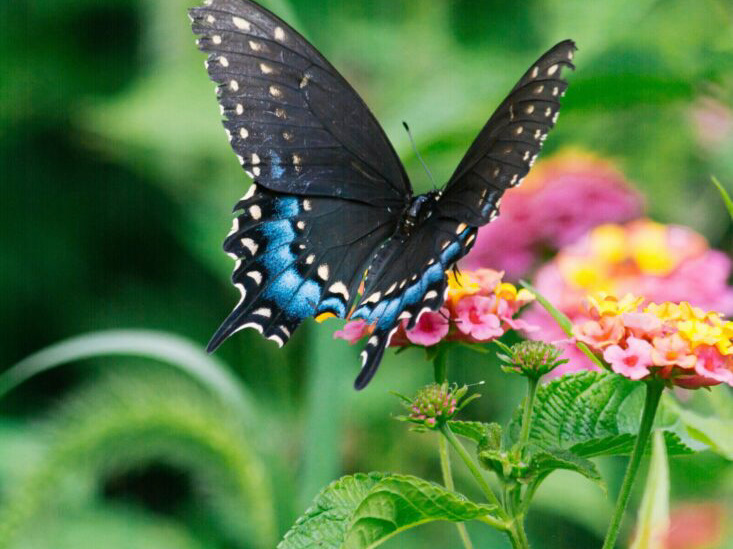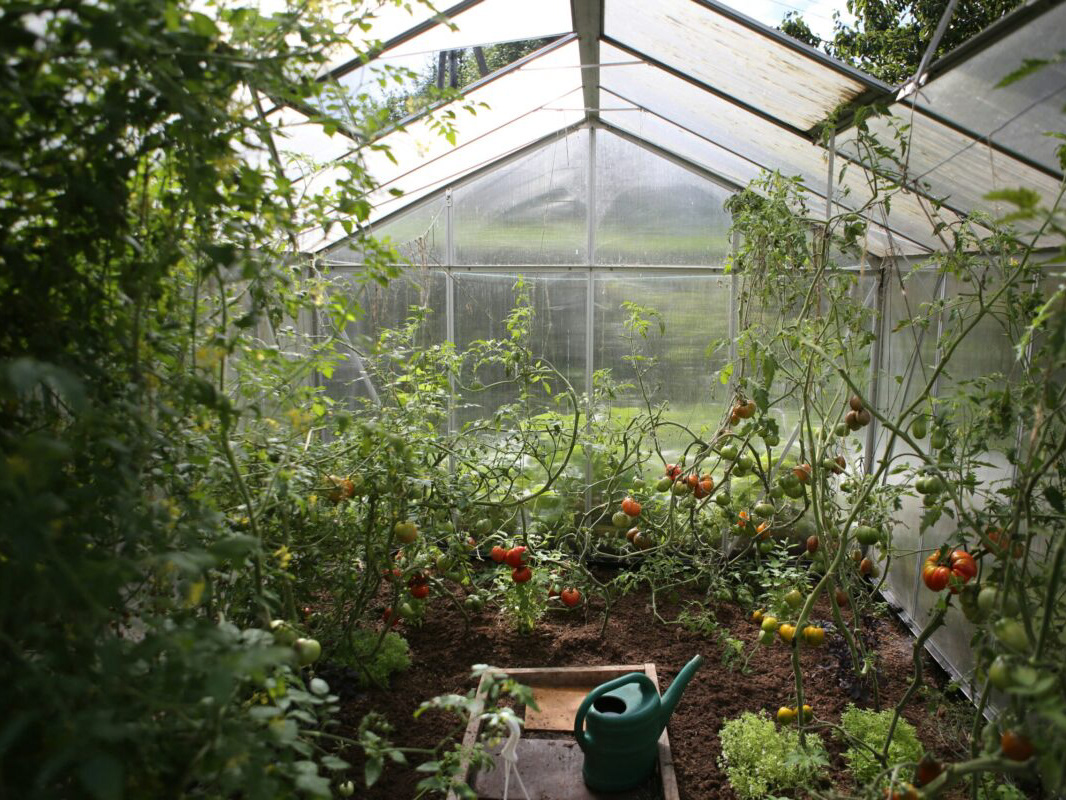Guinea pigs, also known as cavies (Cavia Porcellus), are rodents from South America. They make excellent pets due to their low cost, low maintenance, docile nature, and sociability. Guinea pigs enjoy human interaction, are easy to handle, and can be trained.
Some rescues and sanctuaries may be registered with Petfinder
In the wild, guinea pigs are herd animals with a strict social hierarchy, led by a dominant male. Domesticated guinea pigs retain this instinct, making them pleasant pets that thrive on companionship and interaction. It's crucial not to isolate them in unused areas. While two females or a male/female pair can live together, two males will likely fight. If housing a male and female together, neutering is recommended to prevent breeding, as guinea pigs can reproduce as early as 4-6 weeks old.
When choosing a home for your guinea pig, you have three options: buying a commercial cage, having a custom cage built, or building one yourself. Follow these guidelines for the best results:
Ensure each guinea pig has at least 7.5 square feet of space in the cage.
Avoid wire-bottom cages, as guinea pigs can easily injure their feet and legs. If you must use one, cover the bottom with solid flooring or a lot of hay.
Avoid wire-bottom cages, as guinea pigs can easily injure their feet and legs. If you must use one, cover the bottom with solid flooring or a lot of hay.
Large glass aquariums are unsuitable due to poor air circulation, difficulty in cleaning, and heat retention.
Cages with multiple levels should have closely spaced levels to prevent falls, as guinea pigs are not good with heights.
After selecting a cage for your guinea pig, it's essential to line the bottom with appropriate bedding to serve as a litter box, nesting substrate, and soft walking surface. Here are evaluations of common bedding options:
Acceptable Guinea Pig Bedding
Aspen shavings: A safe, non-aromatic hardwood option with minimal odor control, requiring strict cage cleaning.
Paper bedding: Made from wood pulp fibers, excellent for odor control due to its paper base.
Timothy hay: Good for bedding and as a food source, but lacks odor control and molds when wet. Best used as a top layer over more absorbent bedding.
Wood chips: Such as playground mulch makes a good bedding on top of dirt and is a favorite here at the GPG along with hay.
Unsuitable Guinea Pig Bedding
Cedar shavings: Should be avoided due to health risks like respiratory problems and skin rashes from its aromatic oils.
Pine shavings: Less harmful than cedar but still problematic due to oils that can irritate guinea pigs. Kiln-dried pine is slightly better but still not ideal.
Pine pellets: Pine pellet bedding can be detrimental to your guinea pig's health if ingested.
Pine Pellets Have Been Proven Fatal for Guinea Pigs
In addition to a cage, your guinea pig will need a water bottle and a food dish. A water bottle is preferred over a dish to prevent contamination and overturning. The bottle should be mounted outside the cage with a stainless steel sipper tube, as guinea pigs can chew through plastic tubes.
The food dish should be heavy and wider at the bottom to prevent overturning, with a narrower opening to keep the food clean. A hay rack or hay feeder is also useful to keep off the cage floor, providing a cleaner food source.
Adding rocks, bricks, and tubes to the cage provides surfaces to wear down nails and helps alleviate boredom by offering hiding places. Four-inch PVC tubing from a home supply store makes excellent, durable toys. Elbow and T-joints work particularly well.
Guinea Pig Diet
Guinea pigs are strict vegetarians, primarily feeding on grasses and seasonal fruits and vegetables in the wild. Domesticated guinea pigs require a similar diet, with grass hay, particularly timothy hay, being essential due to its high fiber content, which aids digestion and satisfies chewing instincts. Alfalfa hay should be avoided for long-term use due to its high protein and calcium content, which can lead to obesity and bladder stones. Fresh hay should always be available.
Guinea pig pellets provide necessary vitamins, minerals, and protein but should not be the sole diet due to their inadequate Vitamin C and fiber content. Purchase pellets in small quantities to ensure freshness and supplement with Vitamin C-rich vegetables and fruits to prevent deficiencies and maintain digestive health. Fresh vegetables and fruits should be introduced slowly to avoid gastric upset and should be high in Vitamin C, such as broccoli, dandelion greens, kiwis, mustard greens, parsley, apples, green bell peppers, kale, and tomatoes. Avoid feeding iceberg lettuce, shelled nuts or seeds, dairy products, and candy.
All guinea pigs need access to fresh water daily. While they get some fluids from fresh fruits and vegetables, a clean water source should always be available. A water bottle is preferred over a dish, with the water changed daily and the bottle cleaned periodically. Guinea pigs may play with the sipper tube, causing spills or contamination, so the water level should be checked multiple times a day.
Some owners supplement Vitamin C by adding it to the water. If you do this, ensure the correct dosage is added to the amount of water your guinea pig drinks daily. Cover the water bottle with foil to protect the Vitamin C from sunlight, and prepare the mixture daily.
Guinea Pig Well Being
Guinea pigs are sensitive to various health issues, and early signs of illness include lack of appetite and lethargy. Key health concerns include:
Heat Stroke: Guinea pigs are susceptible to overheating, which can be fatal. Signs include listlessness, raised heads, and rapid breathing. Immediate treatment involves cooling the guinea pig with a towel soaked in cool water.
Respiratory Infections: Symptoms include nasal discharge, sneezing, and difficulty breathing, which can quickly lead to pneumonia. Immediate veterinary attention is necessary. Bordetella, a virus causing pneumonia, can be spread by rabbits and dogs, so avoid housing guinea pigs with rabbits and limit dog interactions.
Diarrhea: Causes vary, including overfeeding greens or bacterial infections. Profuse, watery diarrhea requires immediate veterinary attention. For less severe diarrhea, withhold greens and increase fluid intake with Pedialyte.
Bacterial/Fungal Infections: Guinea pigs' wounds can easily become infected. Clean fresh wounds with hydrogen peroxide and maintain cleanliness with diluted Nolvasan or betadine solution.
Broken Tooth/Teeth: Broken incisors usually regrow in 2-3 weeks. Monitor for overgrowth of the matching tooth and ensure the guinea pig can eat properly by chopping food into smaller pieces if needed.
Malocclusion: Improperly aligned teeth can lead to overgrowth, causing sores and eating difficulties. A veterinarian may need to file the teeth. Malocclusion can be hereditary and affected guinea pigs should not be bred.
Impacted Molars: This condition causes painful bone inflammation due to root growth into the bone, leading to loss of appetite. Veterinary attention is needed for pain management.
Mites/lice: External parasites can cause guinea pigs to lose patches of hair and be itchy. With mite infestation, mites bury under the skin and cause intense itching and seizures.
Dystocias (Difficulty Giving Birth): Female guinea pigs bred for the first time after 8 months may need a C-section due to ossified pubic symphysis. Prompt veterinary attention is required for prolonged labor.
Ringworm: A Skin infection caused by fungus manifested as patchy hair loss and dry flaky skin, especially around the face and ears.
Scurvy: A disease caused by vitamin C deficiency resulting in poor appetite, sore joints, increased susceptibility to infection and bleeding from the gums.
Pododermatitis (sore foot or bumblefoot): Red skin, scabs or open sores on the bottom of feet. Pain when walking and lying down more often. Caused by dirty, damp habitat conditions, obesity.
Prevent many health issues through careful observation and good husbandry practices. When in doubt, consult a veterinarian.
Signs of a Healthy Guinea Pig
Active, alert and sociable
Eats and drinks regularly
Passes normal pelleted stool
Healthy fur and skin (not itchy, no hair loss)
Eyes, nose and mouth free of discharge (mucoid tear production is normal)
Breathing is unlabored
Walks normally
Communicates by squeaking
Eats and drinks regularly
Passes normal pelleted stool
Healthy fur and skin (not itchy, no hair loss)
Eyes, nose and mouth free of discharge (mucoid tear production is normal)
Breathing is unlabored
Walks normally
Communicates by squeaking
Warning Signs
Weight loss
Abnormal hair loss
Itchy, scabbed skin
Diarrhea or dirty bottom
Lack of fecal pellets
Distressed breathing
Lethargy
Eye or nasal discharge
Drooling
Skin lesions
Overgrown teeth
Labored breathing
Abnormal hair loss
Itchy, scabbed skin
Diarrhea or dirty bottom
Lack of fecal pellets
Distressed breathing
Lethargy
Eye or nasal discharge
Drooling
Skin lesions
Overgrown teeth
Labored breathing
For more information about small animals and diseases visit https://www.cdc.gov/healthypets/
Most people do not buy guinea pigs intending to breed them, but pet stores sometimes unknowingly sell pregnant females. For those who find themselves with a pregnant sow, here is some crucial information:
Gestation: Guinea pig pregnancy lasts 63-68 days, the longest of any rodent. Babies are born fully furred, with open eyes and erupted teeth.
Birth and Weaning: Newborns begin eating their mother's food within hours and can be weaned at about three weeks. Despite their early independence, nursing provides vital nutrients.
Separation: Separate the sexes at weaning to prevent early breeding; females can breed as early as 5-6 weeks, and males at 8 weeks.
Litter Size: Average litter sizes are 2-3, but can range from 1 to 6 piglets.
For those interested in breeding guinea pigs, thorough research beyond this basic guide is recommended.
Guinea pigs pose minimal risk of transmitting diseases to humans, aside from some fungal and bacterial infections. However, guinea pig dander can be highly allergenic for some individuals, causing reactions from stuffy noses to hives, and in severe cases, anaphylactic shock. Prospective guinea pig owners should spend time around guinea pigs before adopting to ensure they do not have allergic reactions.
For a more in-depth guinea pig guide visit
Or other great groups about guinea pigs such as
As an Amazon Affiliate the Guinea Pig Garden can make a commission from purchases using qualified links
